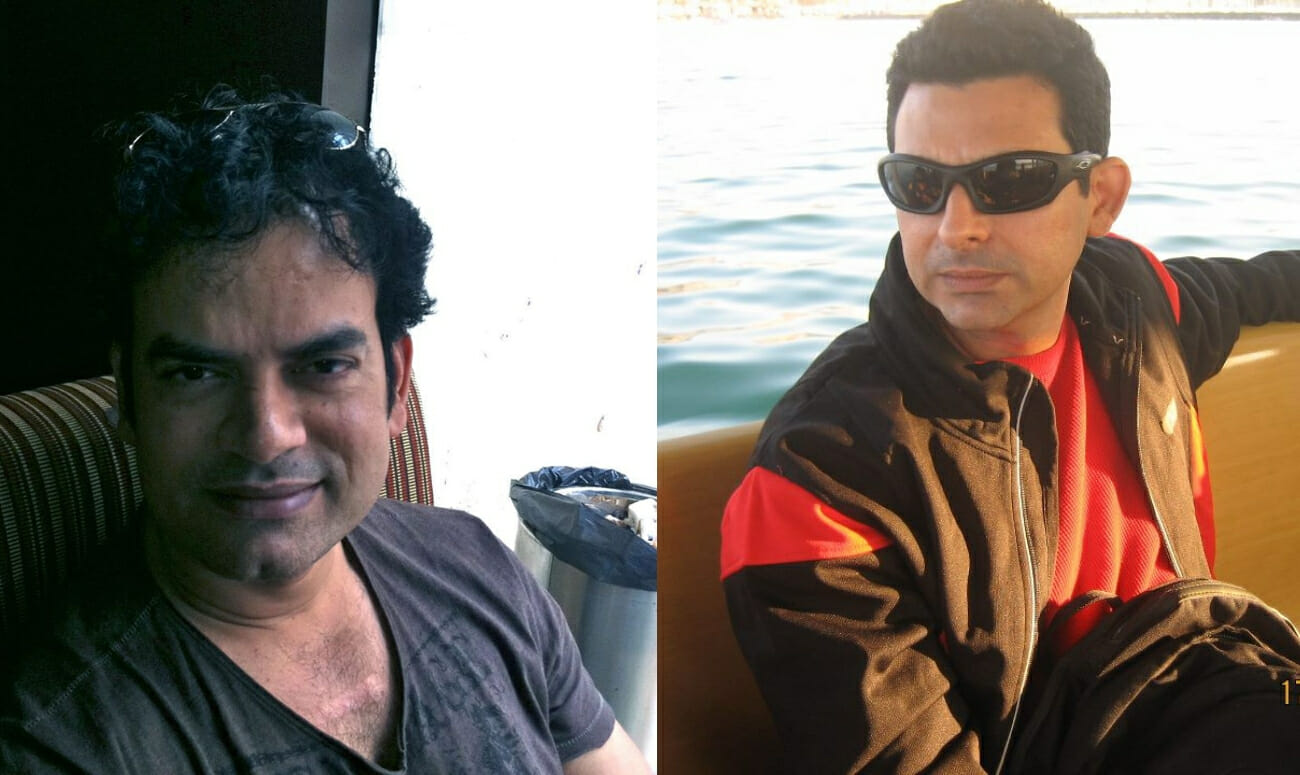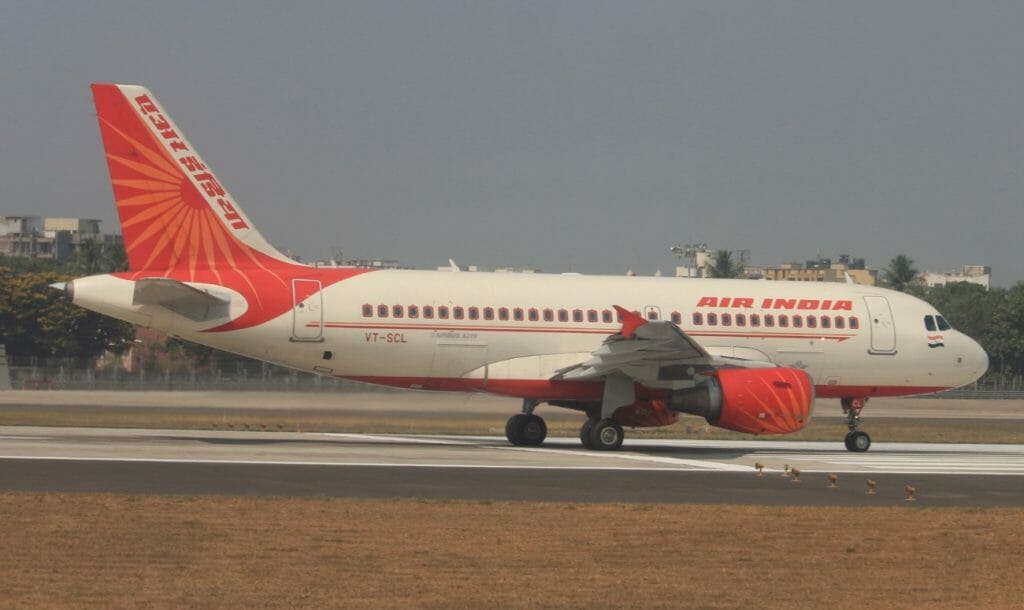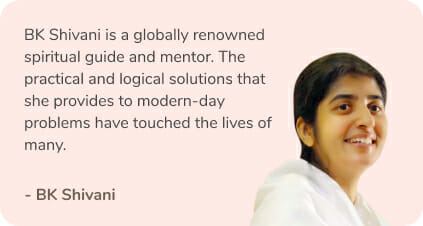Some incidents leave you awestruck. One such episode was a recent Air India flight to JFK where the pilots’ calmness and presence of mind prevented a tragedy. Senior commander Rustom Palia and second-in-command, Captain Sushant Singh showed nerves of steel.
System failure
The flight from Delhi to New York is long. After fourteen hours in the air, the pilots realized, the system in their nine-year-old Boeing 777-300 was not responding. Weather conditions at JFK were deteriorating fast. Captain Palia informed JFK Air Traffic Control (ATC) about the situation. He said, “We’re really, you know, stuck and there’s no fuel.”
Failure to land
The aircraft had 370 passengers on board, whose lives were at risk. The unfavourable weather conditions resulted in an unsuccessful attempt to land. Compelled to keep the plane airborne, the pilots ran the risk of running out of fuel. They stayed in touch with the JFK ATC to find the closest alternative airport where they could land. The loss of fuel made each passing minute critical. One of the most critical phases of flying is landing the aircraft. The pilots knew the failing system on their plane made landing potentially fatal. The situation started getting out of control.

ILS malfunction
ATC was informed about the plane’s inability to connect with the ILS (Instrument Landing System) of JFK since the system was failing fast. All three on board malfunctioned. Captain Paila conveyed “We’ve got a single source radio altimeter, we have a Traffic Collision and Avoidance System failure… No Auto-land, no wind shear systems, (no) Auto Speed Brake and the Auxiliary Power Unit is unserviceable as well.” When they were asked if the ILS on both sides were malfunctioning, the calm response affirmed the situation and the imminent danger.
With nerves of steel, the pilots informed ATC they were on a single radio altimeter since the ones on both sides had stopped functioning. With only 7200 kgs of fuel left, each minute was crucial. Despite the adverse conditions, the pilots were determined to do their best to save all 370 passengers on board. Taking a longer route would put their lives at risk.
Unconventional approach
The pilots decided to attempt a ‘non-precision’ approach, using functional navigation aids, to land at Newark, the closest airport, where the weather had cleared a bit. Air India pilots are not trained in this method but despite their lack of experience, the pilots knew it was their best option. Palia and Singh decided to take the risk. Newark airport stayed in touch and informed the pilots their plane low on the approach and close to the runway. The flight landed within 90 seconds of their announcement after spending 38 death defying minutes in the air.
Despite the failing jet system and low fuel supply, pilots Rustom Palia and Sushant Singh and all 370 passengers on board landed safely. The pilots are real-life heroes and could have easily panicked. Instead, they showed how clear thinking and staying strong are necessary tools to navigate the curve balls thrown at you in life. That was one 9/11 disaster successfully averted.
READ MORE: MUMBAI WOMAN DONATES MOTHER’S ORGANS TO SAVE TWO LIVES






























